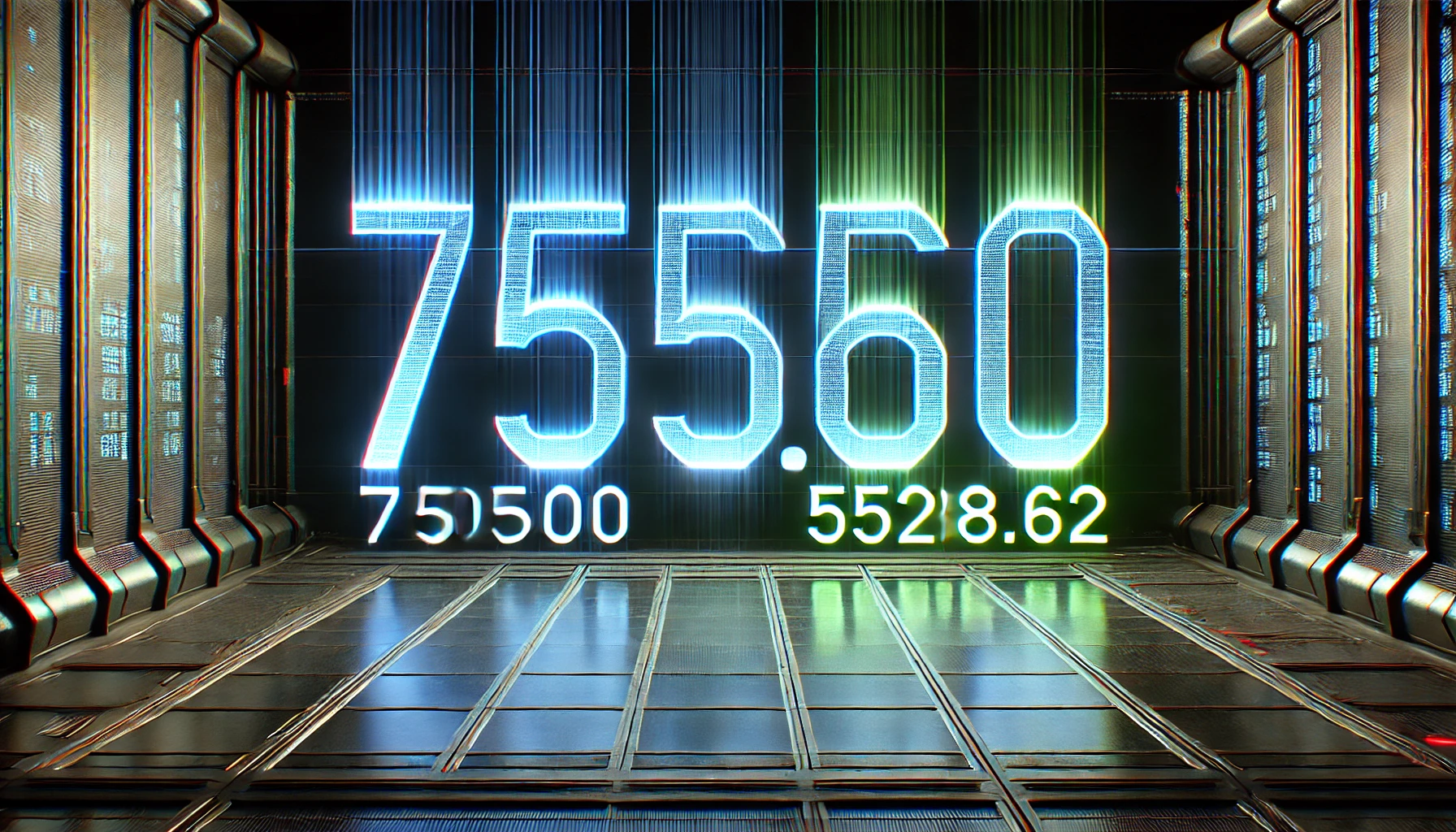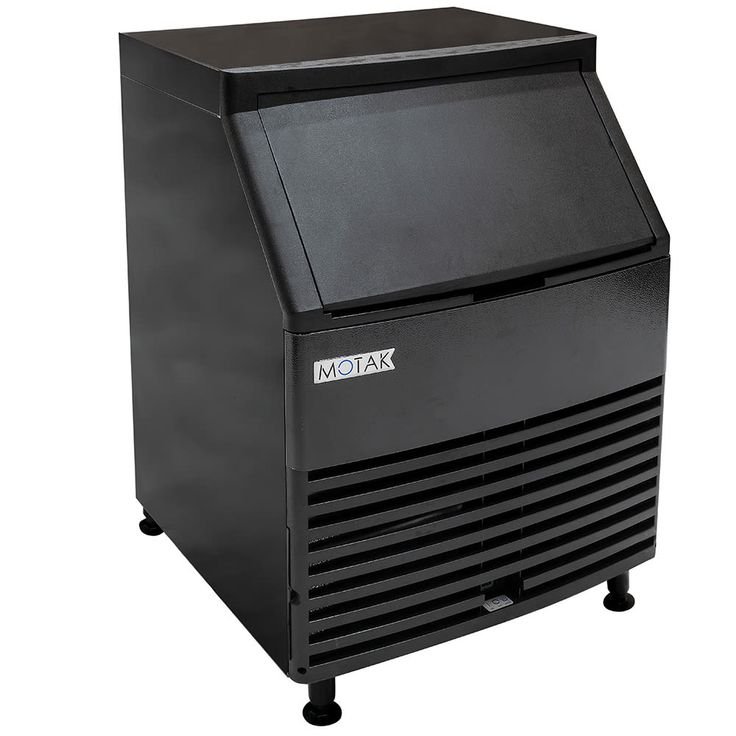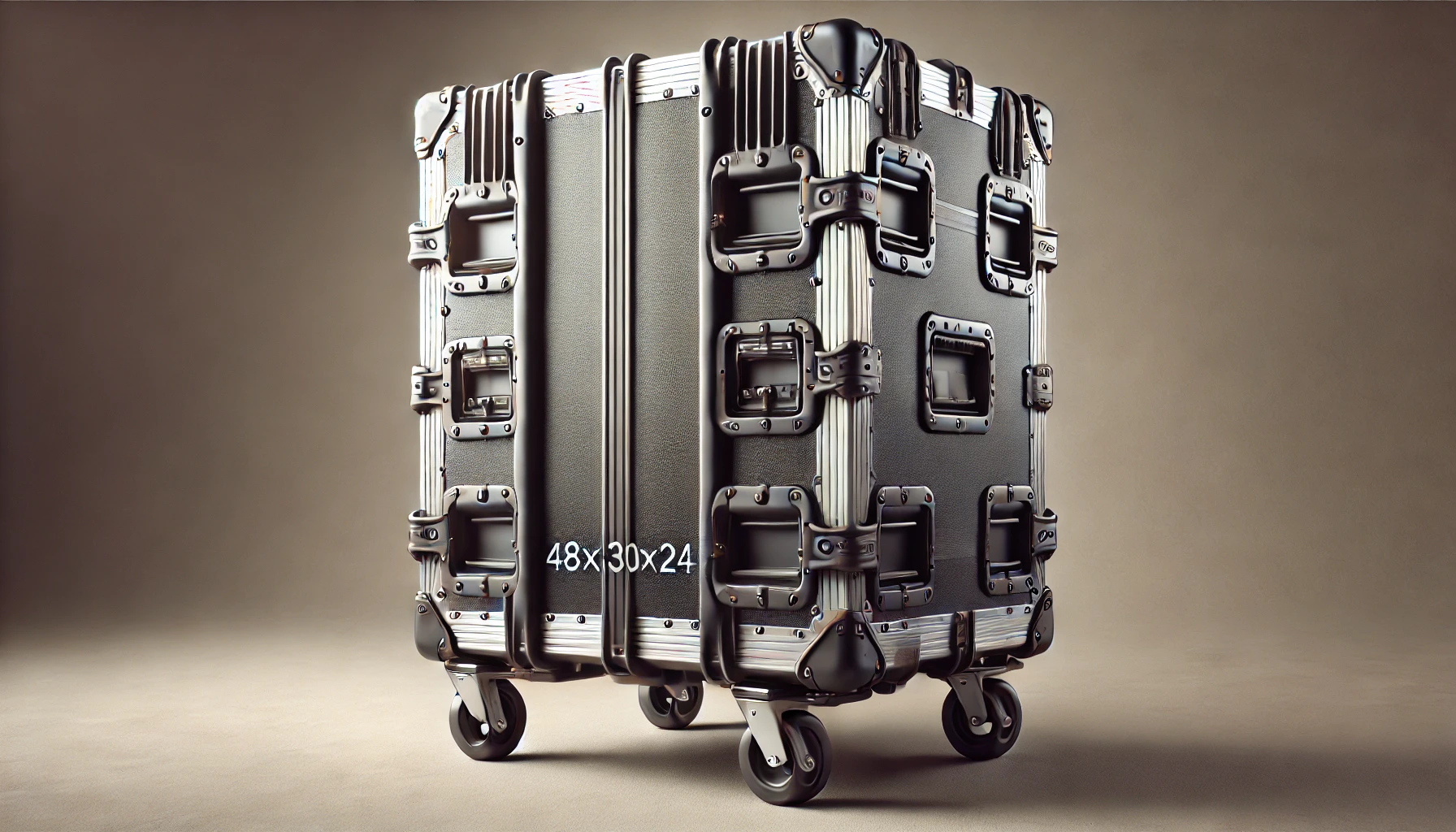When I first encountered the numbers “7500/5528.62,” I had the same questions you’re probably asking yourself right now. What does it mean? Why is it important? And how does it impact what I’m trying to achieve?
Let me break it down for you in the simplest terms, so you don’t feel overwhelmed. I’ve been in your shoes, digging through confusing explanations and technical jargon. That’s why I want to keep things straightforward here, without any of that fluffy nonsense. Let’s explore everything you need to know about “7500/5528.62” in a way that actually makes sense and helps you get ahead.
What Is 7500/5528.62 and Why Should You Care?
At its core, “7500/5528.62” is about understanding an important ratio or value that might relate to something you’re working on. Maybe it’s a project calculation, a measurement of growth, or a number linked to your financial goals. Regardless of the context, one thing is clear: these numbers hold significance, and getting to grips with them can give you an edge in making informed decisions.
Think about it like this: if you’re building a house, every little measurement counts. The difference between 7500 and 5528.62 could be like the difference between a foundation that’s rock-solid and one that’s just… okay. You wouldn’t want to take chances with something that important, right?

How Does 7500/5528.62 Impact You?
From my experience, understanding numbers like these isn’t just about the math—it’s about what the numbers represent. Maybe 7500 refers to an overarching budget, while 5528.62 could be an exact breakdown. Or maybe these numbers represent steps toward a bigger goal. By knowing how to interpret “7500/5528.62,” you’re putting yourself in a position to manage your resources, time, or strategies more effectively.
Here’s an example from my own life. There was a time when I was managing two major projects, one with a total of 7500 hours of work and another that required 5528.62 resources (yes, that specific!). At first glance, it seemed overwhelming, but by breaking the numbers down and analyzing what each part meant, I was able to streamline the process and actually get ahead of schedule. It’s all about knowing how to manage what you have.
Common Concerns About 7500/5528.62
When I talk to others about 7500/5528.62, one of the first concerns I hear is, “How do I even begin to understand this?” And I get it—it can seem complex. But trust me, it’s simpler than it looks once you start breaking it down:
- What does 7500 represent? Often, this number will refer to a larger total, whether it’s hours, money, or another form of measurement.
- What does 5528.62 stand for? This is the more specific, granular figure. It’s the part that gives you the details.
- How do I use these numbers? My advice is to take the larger figure (7500) and compare it with the detailed figure (5528.62). This comparison will help you make decisions that are both broad and detailed at the same time.
How Can You Apply 7500/5528.62 to Your Life?
Let me put it this way: whether you’re managing finances, planning a project, or setting goals, “7500/5528.62” represents the balance between the big picture and the fine details. Let’s say you’re working on a personal budget. 7500 could be your overall income or goal, while 5528.62 might be what you’ve already spent or invested. By comparing these numbers, you can figure out what adjustments need to be made to stay on track.
It’s kind of like having a map. The 7500 is the destination, but the 5528.62 is the precise route you’re on right now. Keeping an eye on both helps you stay focused and avoid detours.

Breaking Down 7500/5528.62
I’m a big fan of making things easy to understand, so here’s a simple breakdown for you:
- 7500: This is your total. Think of it as the “big goal” or “end result.”
- 5528.62: This is the specific detail or number that shows how far you’ve come or what you need to manage next.
- How do they connect? The relationship between these numbers is like the relationship between a blueprint and a detailed measurement. One shows you the overall scope, and the other helps you handle the specifics.
Key Takeaways for Using 7500/5528.62
When dealing with something as precise as 7500/5528.62, remember these tips:
- Focus on the big picture: Understand what the total (7500) stands for in your situation.
- Don’t overlook the details: 5528.62 might seem like a small number in comparison, but it’s where the real magic happens.
- Regularly reassess: Things change, and so do numbers. Keep your calculations updated to ensure you’re on track.
- Simplify your approach: Don’t let the complexity scare you. Break things down step by step.
Wrapping Up
When it comes to “7500/5528.62,” the most important thing is understanding the balance between the overall and the specific. By getting a handle on these numbers, you’re setting yourself up for success—whether in work, finances, or personal projects. Remember, it’s all about looking at both the forest and the trees, and knowing how they connect.
So, what about you? Have you ever dealt with a situation like this where you needed to balance the big numbers with the small ones? Let me know in the comments, and let’s figure it out together!












